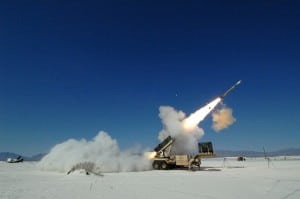
Boeing [BA] won a $1.1 billion contract to produce another 1,500 Patriot Advanced Capability-3 (PAC-3) missile seekers by the program’s prime contractor Lockheed Martin [LMT], Boeing announced Monday. Boeing said the new contract, awarded last week, extends seeker production starting in 2023 and lasting through 2026, which will occur at its facility in Huntsville, Ala. It is a subcontractor to Lockheed Martin to help make the PAC-3. The company noted the seeker provides guidance data to the PAC-3 system, which…

 By
By 











